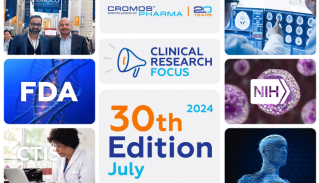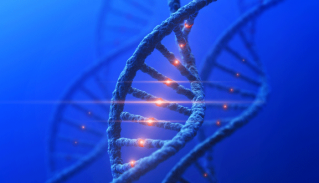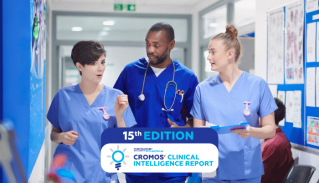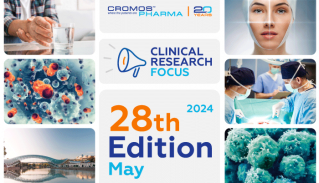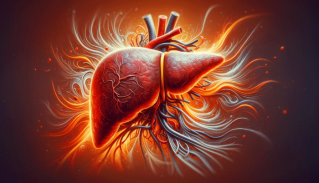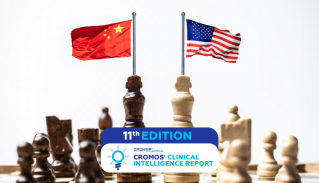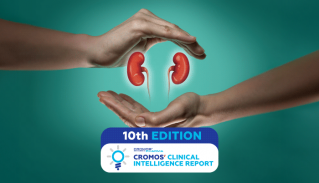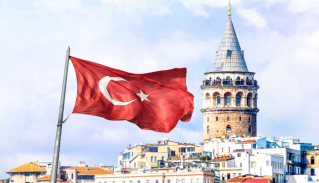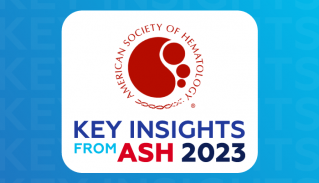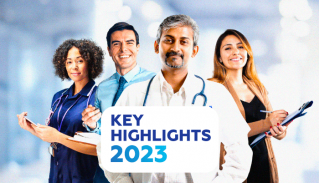
Navigating the Challenging Biotech Funding Landscape
Strategies to Conserve Resources and Accelerate Innovation
The biotech industry stands at the forefront of scientific innovation, offering the promise of groundbreaking therapies that can transform healthcare.
However, the journey from concept to commercialization is fraught with challenges, and securing funding has never been more demanding. In this article, we’ll explore a comprehensive set of strategies to help biotech professionals conserve resources while accelerating the pace of innovation. From cost-effective clinical trial design to the integration of AI-driven predictive modeling, these approaches can help biotech companies thrive in a funding landscape that grows increasingly competitive.
1. Functional Service Provider (FSP) Model:
The Functional Service Provider (FSP) model is a strategic approach that optimizes resource allocation while outsourcing specific clinical trial functions. By partnering with expert service providers, biotech companies maintain control over core activities and reduce costs.
2. Optimizing Clinical Trial Design:
Efficient clinical trial design is critical for cost savings. Streamlining protocols, implementing adaptive trial designs, and leveraging real-world evidence can lead to substantial reductions in trial costs.
3. Leveraging Smaller Sample Sets:
Exploring alternative trial designs that use smaller sample sizes can significantly reduce expenditures. Innovative statistical methods, including Bayesian approaches, can provide robust results with fewer participants.
4. Early Expansion Outside the US (OUS):
Conducting clinical trials outside the United States (OUS) can expedite recruitment and lower costs. This approach allows biotech companies to reach inflection points more efficiently.
5. Strategic Partnerships:
Collaborating with academic institutions, other biotech companies, or nonprofit organizations can lead to shared resources and expertise, reducing costs and accelerating research efforts.
6. Maximizing Data Analysis:
Investing in robust data analysis and AI tools can unlock valuable insights from existing data, paving the way for more targeted and cost-effective strategies.
7. Diversifying Funding Sources:
Exploring various funding avenues, including grants, strategic partnerships, angel investors, and crowdfunding, can reduce financial dependency and enhance financial stability.
8. Cost-Efficient Manufacturing Processes:
For biotech companies engaged in drug development, optimizing manufacturing processes can significantly reduce production costs.
9. Patient Engagement and Recruitment:
Efficient patient recruitment can substantially impact trial costs. Embracing patient engagement strategies, digital health technologies, and patient registries can streamline recruitment efforts and reduce expenditures.
10. Regulatory Efficiency:
Engaging with regulatory agencies early in the development process can prevent costly delays and reiterations in the regulatory approval process.
11. AI-Driven Predictive Modeling:
The integration of AI-driven predictive modeling is a game-changing strategy for biotech companies. By leveraging artificial intelligence, biotech professionals can identify optimal therapeutic targets, assess meaningful biomarker targets, and predict trial outcomes with increasing precision. This cutting-edge technology accelerates drug discovery and development while reducing costs.
AI-driven predictive modeling can simulate and predict trial outcomes based on historical data, trial design, patient demographics, and treatment modalities, optimizing trial designs and resource allocation.
Moreover, AI-driven predictive modeling can enable virtual clinical trials, reducing the need for physical infrastructure and minimizing patient burden while maintaining scientific rigor.
Incorporating AI into the toolkit also allows for adaptive trial design, where real-time analysis of accumulating data informs ongoing adjustments to the trial.
AI-driven predictive modeling can assist in data-driven funding decisions, providing insights into the potential success of biotech projects.
Conclusion:
In the dynamic biotech landscape, biotech professionals must adapt and integrate cutting-edge technology to succeed. By combining traditional cost-saving approaches with AI-driven predictive modeling, biotech companies can maximize the efficiency of their operations, enhance the success rate of clinical trials, and deliver innovative treatments to patients more swiftly and cost-effectively.
In this era of scientific discovery, adaptability, and the integration of cutting-edge technology will be the hallmarks of success in biotech. By conserving resources and accelerating innovation, biotech professionals can continue their crucial work of advancing scientific discoveries and improving the lives of patients, even in a challenging funding landscape.


